Water Pooling Prevention Strategies

Inspect drainage systems and slopes to identify potential pooling areas as the weather warms.

Conduct thorough cleaning and repairs before heavy rainfall seasons begin.
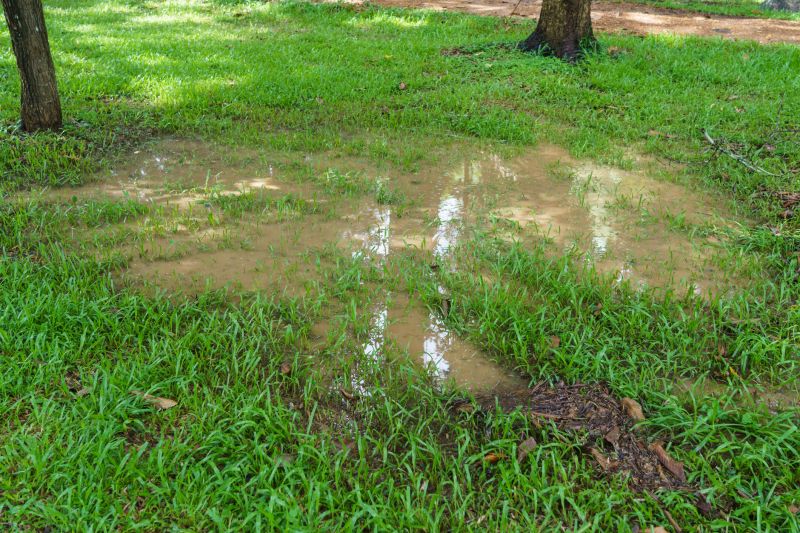
Evaluate landscape and drainage performance after significant rainfall to address issues promptly.
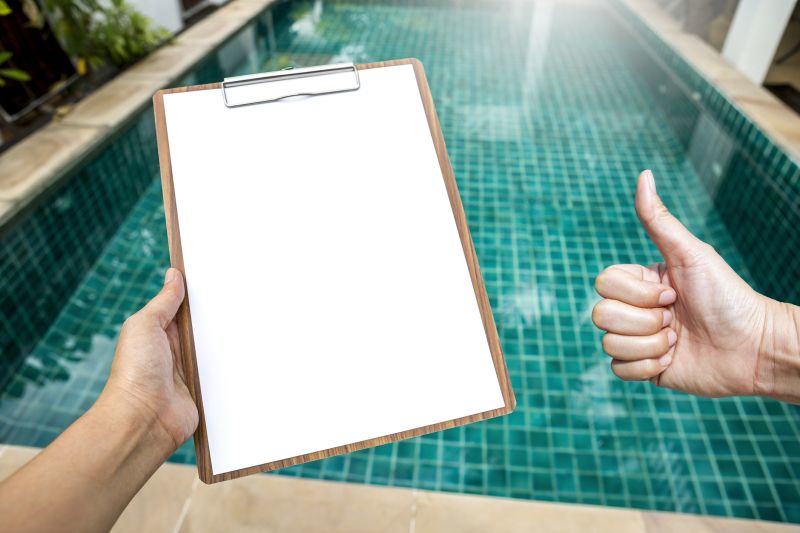
Regularly monitor for signs of water accumulation during peak rainy periods.
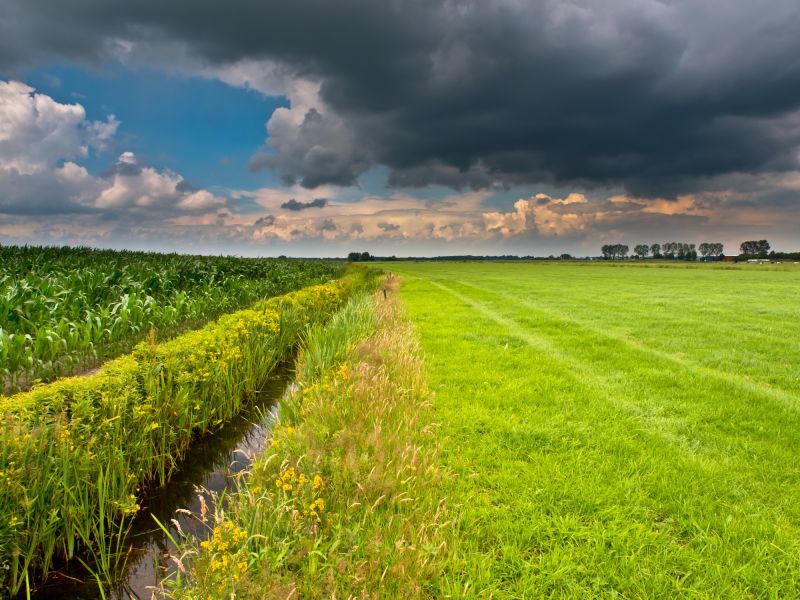
Ensure drainage pathways are clear before temperatures drop to prevent ice-related pooling.
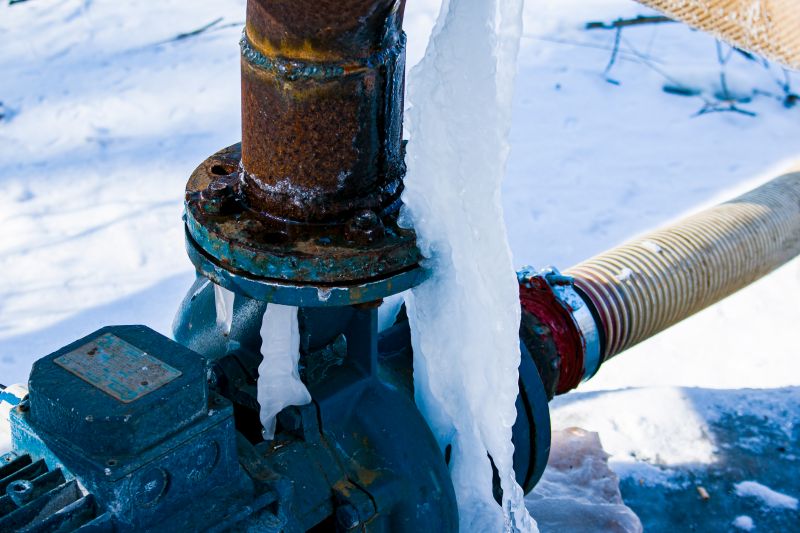
Check for blockages caused by ice or debris after cold weather subsides.

Plan and implement water flow adjustments prior to new construction or landscaping.
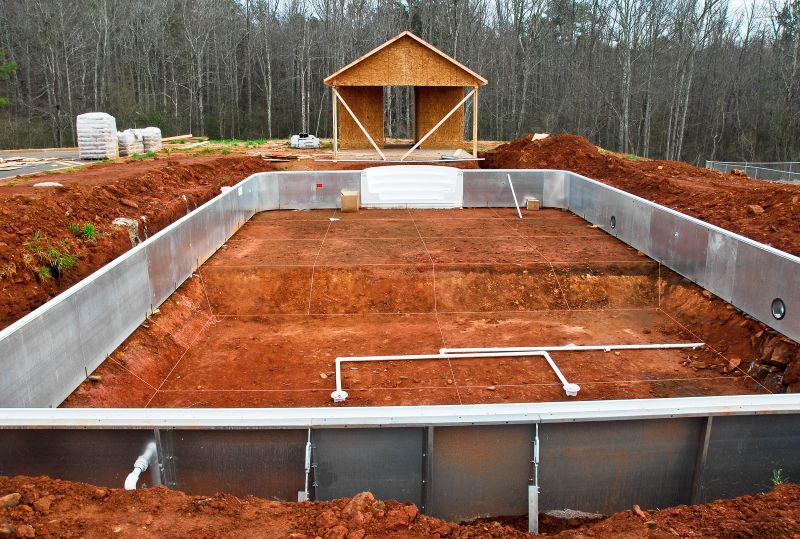
Monitor site drainage continuously to prevent water accumulation during ongoing work.
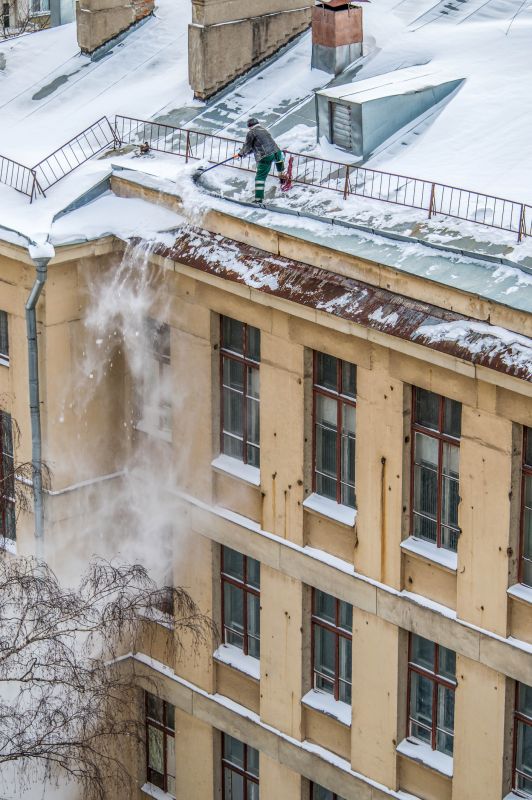
Clear snow and ice from drainage areas to avoid water pooling during melt.
Prevention measures are most effective when implemented before the rainy season begins and after major weather events such as heavy snowfall or storms.
Early spring allows for early detection of drainage issues before heavy rains start, reducing the risk of water accumulation.
Regular inspections, at least monthly or after significant storms, help ensure drainage systems function properly.
Signs include standing water, soggy soil, erosion, and plant health issues in affected areas.
| Season | Recommended Action |
|---|---|
| Spring | Conduct inspections and prepare drainage systems before rains. |
| Summer | Monitor for signs of water accumulation during storms. |
| Fall | Clear debris and evaluate landscape grading. |
| Winter | Prevent ice blockage and ensure proper snow removal. |
| Post-Storm | Assess and address any new pooling issues immediately. |
| Pre-Season | Perform comprehensive maintenance and planning. |
| During Heavy Rain | Increase monitoring and implement quick fixes. |
| After Snowmelt | Check for blockages and ensure proper drainage. |
